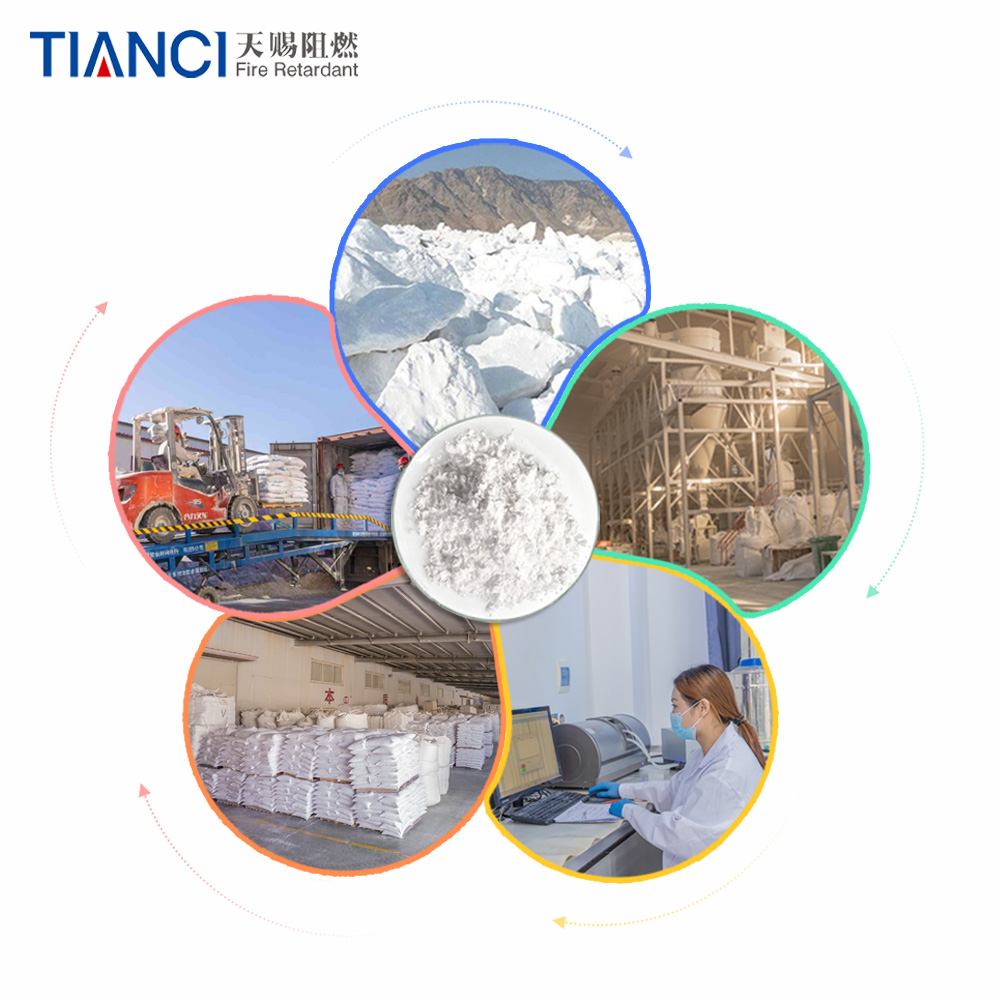Core Definition
Low-fluorine talc refers to natural talc with a low fluorine (F) content.
Why is "low fluorine" so important? (Mainly for the ceramic industry)
The "low fluorine" requirement stems primarily from the ceramic production process, especially in the production of high-end glazed tiles (such as polished and glazed tiles). High fluorine content can cause serious quality issues:
Glaze defects - "pinholes" and "bubbles"
During the high-temperature firing stage of ceramic tiles (typically exceeding 1100°C), the fluoride in talc decomposes and releases fluorine gas (F₂) or other fluorine-containing gases.
If these gases are not completely expelled before the glaze melts and seals, they will be trapped within the glaze layer.
When the tiles cool, these pores form tiny "pinholes" or "bubbles" on the smooth glaze surface, seriously affecting the tile's surface smoothness, gloss, and aesthetics.
Environmental Pollution and Equipment Corrosion
The volatile fluorine-containing gases released into the atmosphere can cause environmental pollution.
These gases can also corrode the kiln's lining and metal components, shortening equipment life.
Affecting Glaze Whiteness
Excessive impurities can also cause the glaze to turn yellow or gray, affecting the whiteness and purity of the final product.
Therefore, ceramic manufacturers, especially brands with extremely high surface quality requirements, mandate the use of low-fluorine talc to ensure product quality.

Main Applications of Low-fluorine Talc
Ceramic Industry (Major Market): Used as a raw material for glazes and body materials.
In glazes: Talc lowers the melting temperature, improves elasticity and opacity, and reduces cracking. Its low-fluorine property is crucial.
In green bodies: It acts as a flux, promoting sintering and increasing the mechanical strength and translucency of green bodies.
Plastics: As a filler and reinforcing agent, it improves the stiffness, heat resistance, and dimensional stability of plastic products. Although less sensitive to fluorine content than ceramics, low fluorine content generally indicates higher raw material purity and more stable performance.
Coatings: As a filler, it improves the coating's suspension, leveling, and weather resistance.
Other industries, such as cosmetics, pharmaceuticals, and food, which require extremely high purity, also use high-purity talc. However, these industries focus more on asbestos and sterility than fluorine content.
How is "low fluorine" measured?
There is no global standard for "low fluorine"; it is usually agreed upon in contracts between suppliers and buyers. Common standards are:
Fluorine (F) content ≤ 0.1% (i.e., less than 1000 ppm). Some high-end ceramic brands even require less than 0.05% (500 ppm).
Manufacturers strictly test and control fluorine content through chemical analysis (such as ion-selective electrode or X-ray fluorescence spectrometry).
Summary
Low-fluorine talc powder is a key functional material in the production of ceramic glazed tiles. Its core value lies in controlling the content of harmful impurities (fluorine) to avoid defects such as bubbles and pinholes in the glaze, thereby ensuring the high quality and high quality rate of the final ceramic product. When you hear or use this term, the core concern behind it is "product surface quality."

